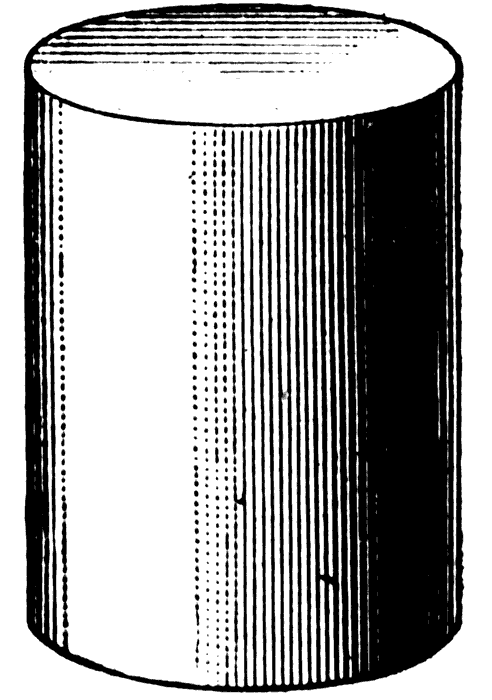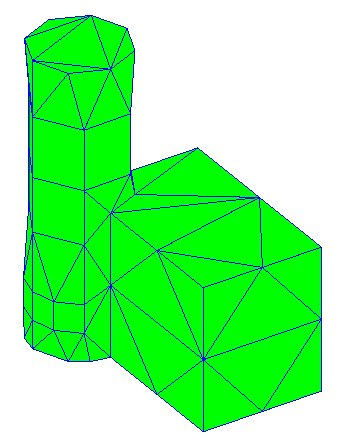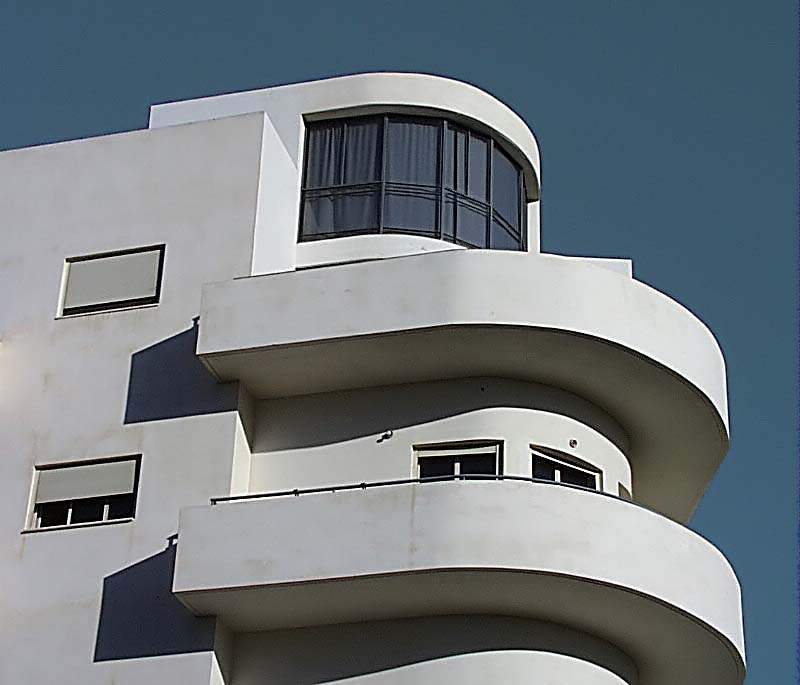|
|
LITR 5431
Literary & Historical Utopias
|
|
Austin Green
31 March 2019
Heaven is a
Place on Earth
When looking over the description of our research post assignments, one of the
suggested topics stood out almost immediately: Virtual utopias in cyberpunk or
other sf. My mind darted to films like The Matrix and Ready Player One.
Both fit the topic well, but when compared to the Utopias we have been reading
in class, each fell a little short of what I wanted to explore in how I
perceived a virtual utopia. The matrix simulation in the film mirrors the real
world we know, while the “real world” of the film is a dystopian nightmare ruled
by machines. In Ready Player One, people escape the ever growing
dystopian “real” world by visiting a virtual reality world where you can do
anything or be anyone. It is even called “The Oasis,” implying to its users an
escape from their reality, into this private, utopian-like virtual world. The
problem though, is that while the film and the novel it is adapted from offer
viewers and readers this idea of utopia, the focus becomes how it is not real,
and should not replace your actual “in-real-life” life. I then thought of the
television series titled Black Mirror, an anthology show much like The
Twilight Zone, where each episode contains a stand-alone story. The focus of
the program is current and future technologies, and the ramifications of how we
interact with them. A season 4 episode titled “San Junipero,” offers an
alternative to death; people are given the option to upload their consciousness
into a virtual world and live forever. Perfect. This example is what I wanted to
explore. An escape from the real world into a intentionally built community
inside a virtual world. The main difference here though, was that if chosen, it
can become a permanent replacement for death. You would have to decide to gamble
on faith, or pick this known, virtual utopia.
This episode is generally considered to be one of the few of the series to
feature a happy ending, where two characters decide to be with each other in the
virtual world of San Junipero instead of letting death seperate them. That was
my initial reaction too, but the more I thought about it, the more this utopia
started seeming like a dystopia. As this is one of the most popular and
discussed episodes as well, I was able to find some who agreed with me. In an
article posted to Medium.com, Christopher Daniel Walker claimed, “Its citizens
live in a purgatory. A vacuous heaven. A hedonist hell.” Having all your needs
met just creates different needs. Living in a virtual world, where things like
scarcity and availability no longer exist just leads to its inhabitants forming
different wants or needs. Walker discusses that in the virtual utopia that was
created, “San Junipero is a glorified retirement community whose inhabitants
live in a nostalgic bubble, where they can relive the shallowness of their youth
for the rest of eternity. Unlike the living world the residents and visitors to
San Junipero have no interest in the future, so immerse themselves in the music,
culture, and fashions of the past. They spend their endless nights partying in
clubs and playing in arcades without a care in the world because they have no
responsibilities or concerns. They deny themselves the personal growth and
hardship that comes with living a mortal life. There will never be children,
they will never have money troubles; there will only ever be the perfect and
unchanging San Junipero.” While it may seem utopian, it is not sustainable. In
this instance, the virtual utopia fundamentally changes its residents. The
society that was created is perfect for those in the outside, real world. Once
inside, though, it cannot meet the new demands it creates. Julian Strachan, in
an article titled, “On “San Junipero” and Dystopia,” agrees, noting, “San
Junipero is fake happiness. It’s perversion. It’s the bottled-up sadness of
those that fear death. And yes, by “those that fear death” I mean all of us.
Whether we go nowhere or face the prospect of eternity is unknown, and both are
as equally terrifying.” The utopia here is manufactured. It exists for those
afraid to face death. Walker concludes, noting “The tragedy is that the people
of San Junipero are digital spectres haunting an information netherworld,
clamouring for lives they once had but will never experience the same way again.
The two main characters deciding to be with each other and riding off together
as “Heaven is a Place on Earth” plays and the credits begin might seem like a
happy ending, but it is pushing the idea of eternal love into a reality, and one
that the audience does not get to see play out. One of the characters is
apprehensive of choosing San Junipero over death. She had a husband and a
daughter who both passed away before the option of this supposed virtual utopia
exists. She tells her partner,
“Forever? Who can even make sense of forever…49 years, I was with him for 49
years. You can’t begin to imagine. You can’t know. The bond, the commitment, the
boredom, the yearning, the laughter, the love of it, the fucking love, you just
cannot know. Everything we sacrificed, the years I gave him, the years he gave
me, did you think to ask? Did it occur to you to ask? We had a daughter,
Allison, always difficult, always beautiful, died at 39 years old bless her
heart, and Richard and I, we felt that heartbreak as one.”
This relationship feels more real to both the character and the viewer. She is
not sure of choosing the virtual utopia in fear of missing out on a potential
reunion with her husband and daughter. Ripata Neogi, in an article titled,
“Perhaps San Junipero isn’t the perfect world it seems to be,” had the same
reaction: “I was more distraught by the reason Kelly could not bring herself to
reside in San Junipero. Alison, her child, had died at 39 — so Kelly’s husband,
Richard, rejected afterlife because, as he said, ‘How can I? When she missed
out, how can I?’” It makes the choice made at the end feel even more hollow. The
choice was made not because she picked her new partner over her husband, but
because she did not want to take the gamble; she was afraid of death. The
audience is not able to see what the new relationship may look like after 49
years, but as the previously mentioned authors noted, where there is no
unhappiness, it may be hard to find happiness. The choice to spend time with
someone is meaningful because time is limited and meaningful. Moving to this
virtual world removes this. Strachan touches on this point as well: “San
Junipero reminds us that cannot be truly happy if we are never sad. It is
impossible for us to understand a concept without a contrasting example. If we
are always the same level of happy, that is our baseline, we are no longer
happy. Happiness, is a deviation from the norm. It’s a change of emotions in the
positive direction. Likewise, we can never truly live, if we cannot die.
Pardoxical, yes, but there’s no incentive. There’s no reason to better
ourselves, and bettering ourselves is at the crux of how our relationships
work.” These characters make the choice to continue on in this virtual world,
ending with a fictional happily ever after ride off into the sunset, but
eternity together without struggle will warp who these people are, and what
makes them happy. San Junipero may not have the tools to help with what comes
from these changes.
When taking a closer look at what this type of virtual utopia, it is
clear that as freeing as it appears, it is also equaling confining in its
limitations. Neogi sums it up well, concluding that, “Whatever the intended
interpretation is, San Junipero strikes me as unnerving. Instead of the usual,
obvious dystopia, it portrays the things that could go right in a fictitious
“Black Mirror” universe. That doesn’t mean the dystopian side doesn’t exist.
That means we aren’t seeing it.” Over and over in class we keep coming back to
the idea that every utopia is someone’s dystopia. Rewatching the episode after
reading these articles about it, it becomes very clear that the writers of the
show want the viewers to have this discussion, and not simply think of it as a
happy ending. Time and time again scattered throughout the length of the show we
see inhabitants of San Junipero either jumping to talk to “new” residents or
visitors or trying to find happiness is the different forms that the city can
take. I think the idea of actual virtual created worlds we could somehow
download our consciousness into may seem like an exciting way to live forever,
but ultimately it would fail just as other utopian attempts do. People would
eventually lose interest in being a part of it, even if every need is
successfully met for them. This idea though, feels like it could only live in
fiction. Even if we could find a way to copy our own thoughts and consciousness,
it would be just that, a copy. A fake digital version of yourself running
around, seperate from the actual, real-world you.
Works Cited
1.
https://medium.com/@CDWalker/who-said-san-junipero-has-a-happy-ending-97c60c29b50d
2.
https://hackernoon.com/on-san-junipero-and-dystopia-8fab12d69e05
3.
“San Junipero.” Black Mirror, season 3, episode 4, Channel Four (UK), 21
Oct. 2016. Netflix,
https://www.netflix.com/watch/80104625




